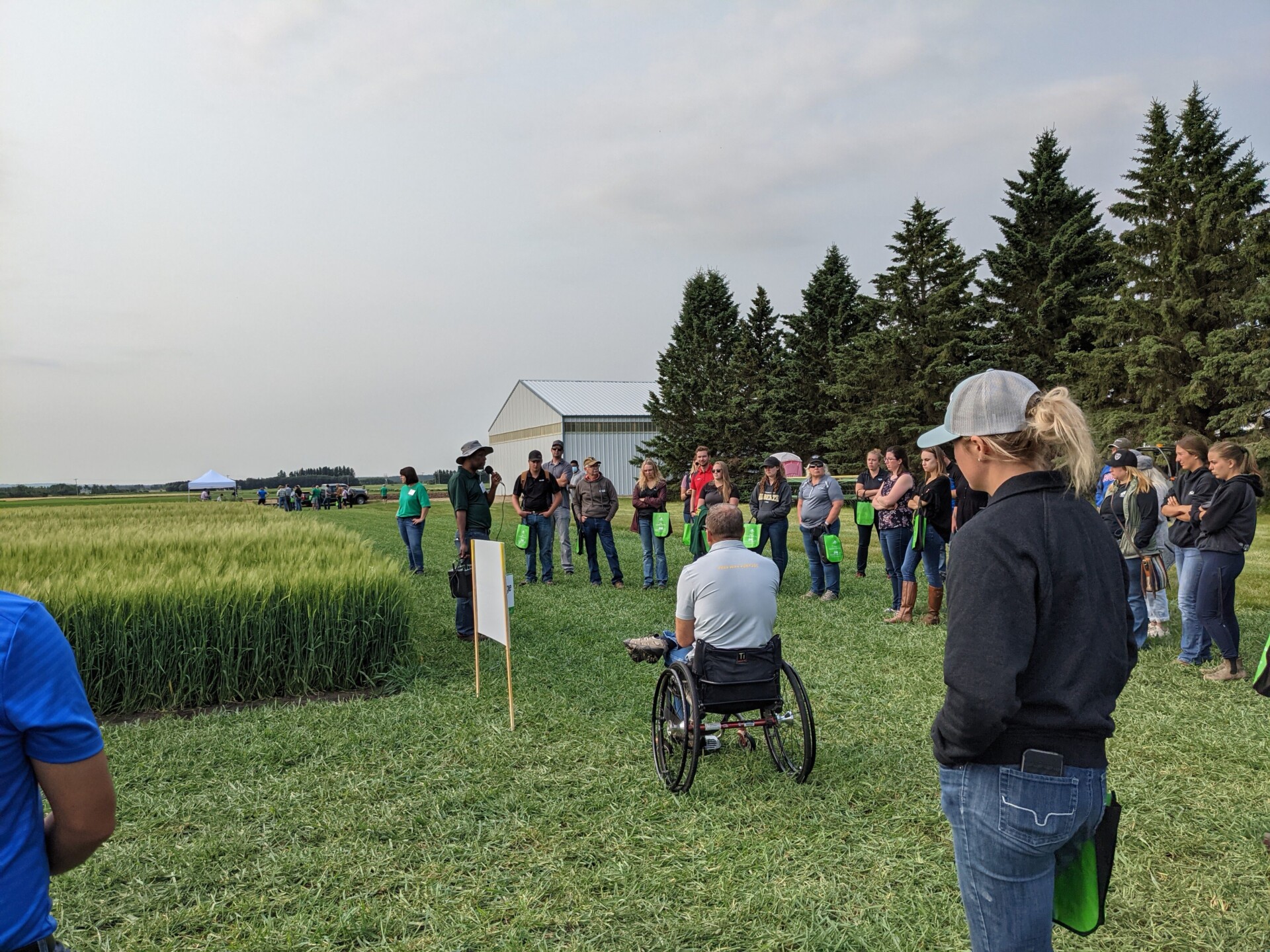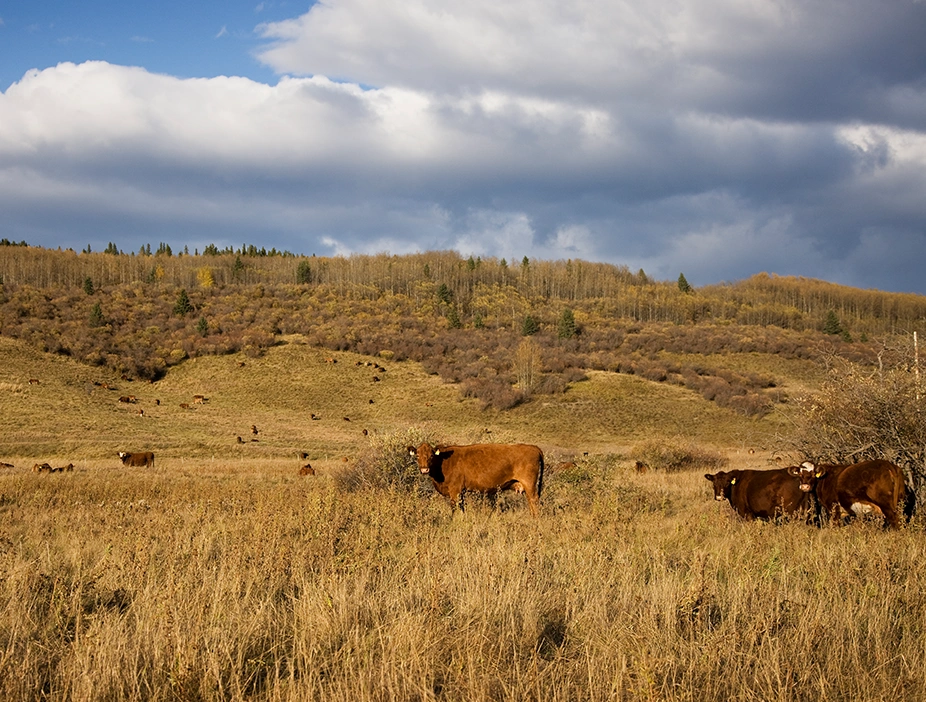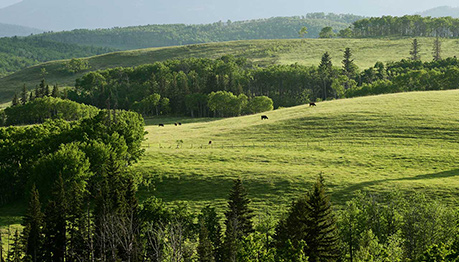A summary of the Triticale Swath Grazing Demonstration Project
Cow-calf producers have long been challenged by the logistics and costs associated with winter feeding. Conventional winter feeding requires the producer to haul hay or silage to cattle, which places significant demands on an operation’s labour and management.
Completed: 2013
DNA tests for feed efficiency and beef tenderness
The beef industry would benefit greatly from both reduced feed costs and increased beef quality. Feed efficiency is the most economically important trait in feedlot production, and winter feed costs can account for over 75% of cow-calf production costs.
Completed: 2013
Improved understanding of Johne’s Disease
Blood samples and fecal shedding status were obtained from 25 MAP infected cows (as identified by the current ELISA test). Cows were split into four groups: ELISA and fecal high, ELISA high and fecal low, ELISA low and fecal high, and ELISA low and fecal low.
Completed: 2013
Silage variety yield and quality differences
Eleven sites were established across the province in the first two years of the trial, the third year of the trial had 10 sites. Varieties of barley, triticale, oats, and peas commonly used for silage, greenfeed and swath grazing were included, along with new varieties.
Completed: 2012
Impact of rumen microbes on feed efficiency
This project aimed to identify factors associated with enhanced feed efficiency in feedlot cattle, focusing specifically on the microbial populations in the rumen and any effects of host-microbe interactions on feed efficiency. The association between feed efficiency and acidosis was also investigated.
Completed: 2012
Measuring and breeding for fiber digestibility in cereal silage
Breeding work on cereal crops often focuses on grain characteristics (particularly protein content) and yield, but these may not always make the best silage. For example, the fiber structure in the stem that leads to lodging resistance may also cause the silage to be less digestible.
Completed: 2012
Effect of feeding distillers grains on health in the feedlot
Increased usage of DDGS in beef cattle diets has arisen from the rising costs of traditional feedstuffs. When wheat or corn are fermented and distilled, the starch is converted to alcohol. The fat, protein, and fiber from the grain are concentrated in the DDGS by-product, resulting in higher levels of those nutrients than the parent grains.
Completed: 2012
Economic impacts of livestock production in Canada
The purpose of the study completed by Dr. Kulshreshtha et al. is to update the overarching multiplier, as well as look at other important multipliers which show how the Canadian cattle industry contributes to the overall economy in Canada.
Completed: 2012
Forage variety yield and quality differences
Each of Alberta’s crop zones has agronomic and forage yield information for grasses and legume varieties. Grain yield data (but not forage yield data) is also reported for cereals, pulses, and oilseeds. Cattle producers making forage variety choices need more information.
Completed: 2011
Controlling foxtail barley in saline pastures, hayfields, and other areas
Foxtail barley is a major weed across many regions of Canada, causing detrimental effects to both crop and livestock production. Foxtail barley invades bare areas, caused by disturbances or saline soils. Although the shallow root system makes it easily controllable with tillage, areas such as pastures, hayfields and reduced-tillage cropland are more susceptible to foxtail barley infestations.
Completed: 2024
Effects of the Galanin Gene on ADG and fat deposition
The objective of this study was to determine the effect of a mutation in the galanin gene on average daily gain and fat deposition in cattle during backgrounding and finishing, as well as any effects on carcass fat traits.
Completed: 2011
Showing 49-60 of 77



